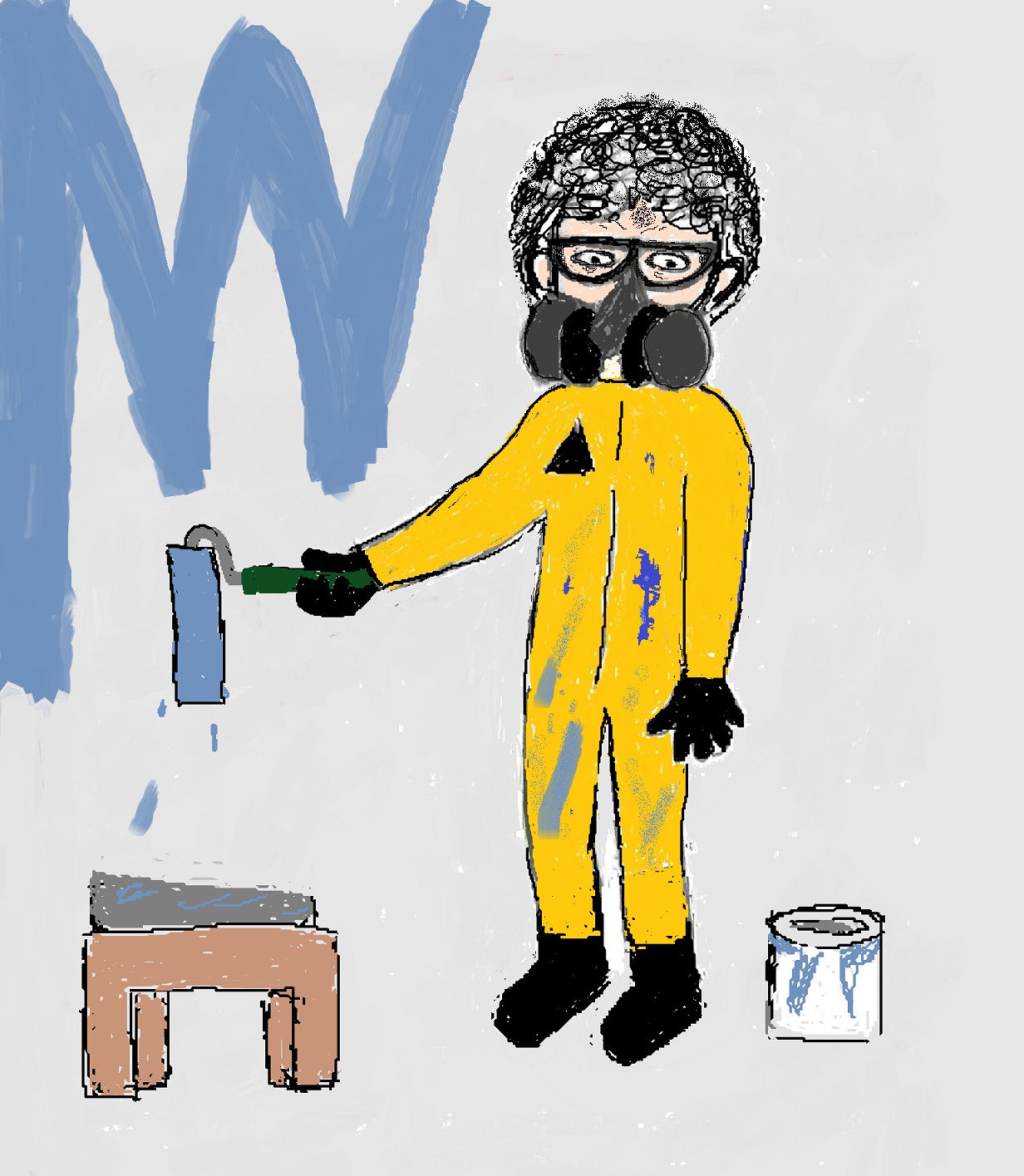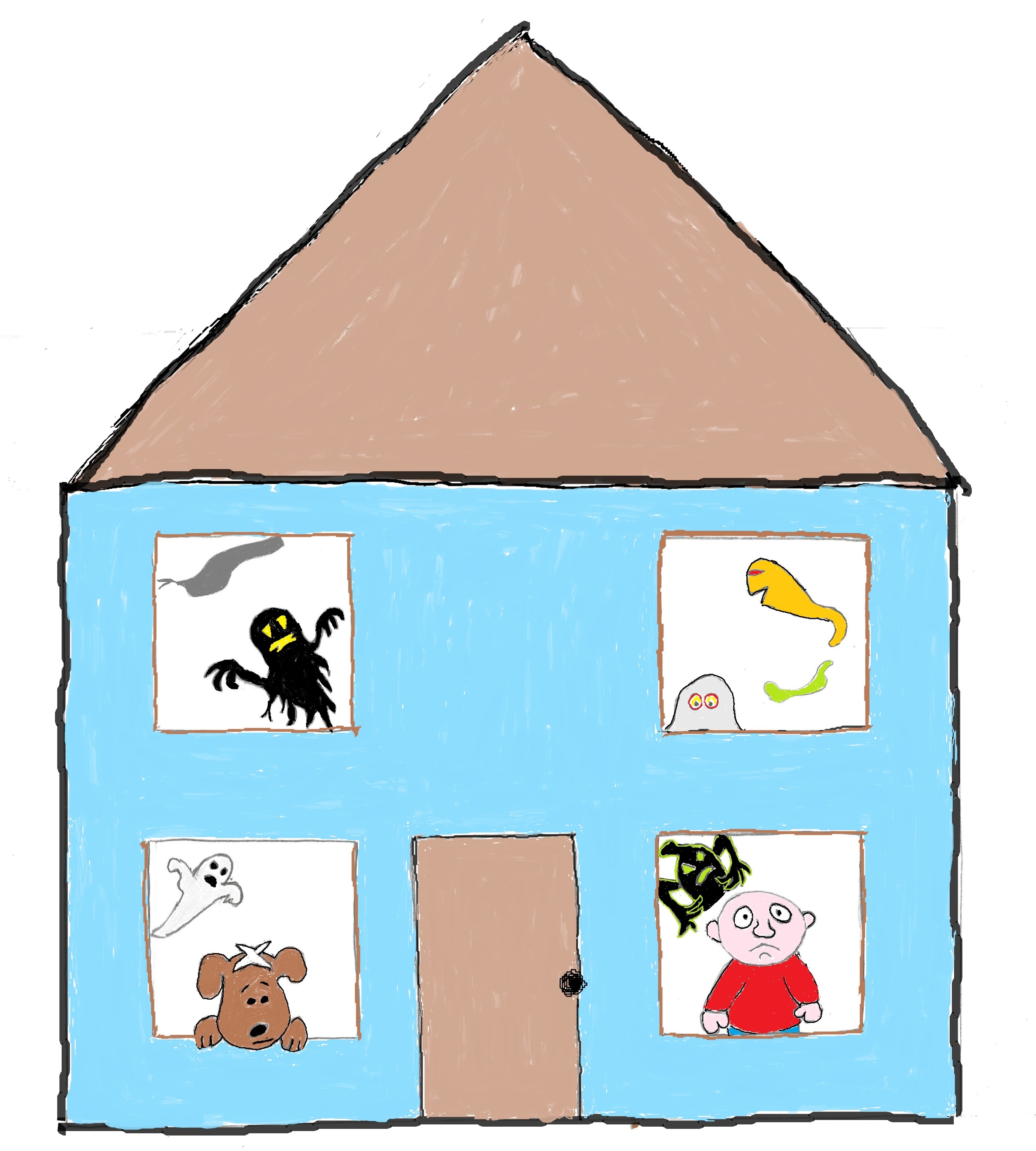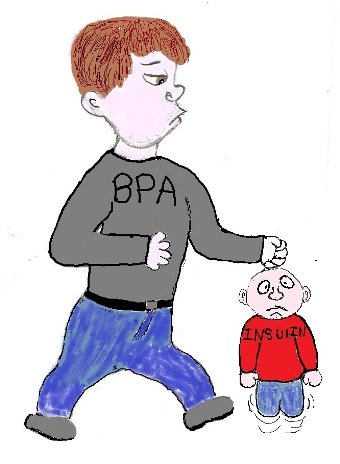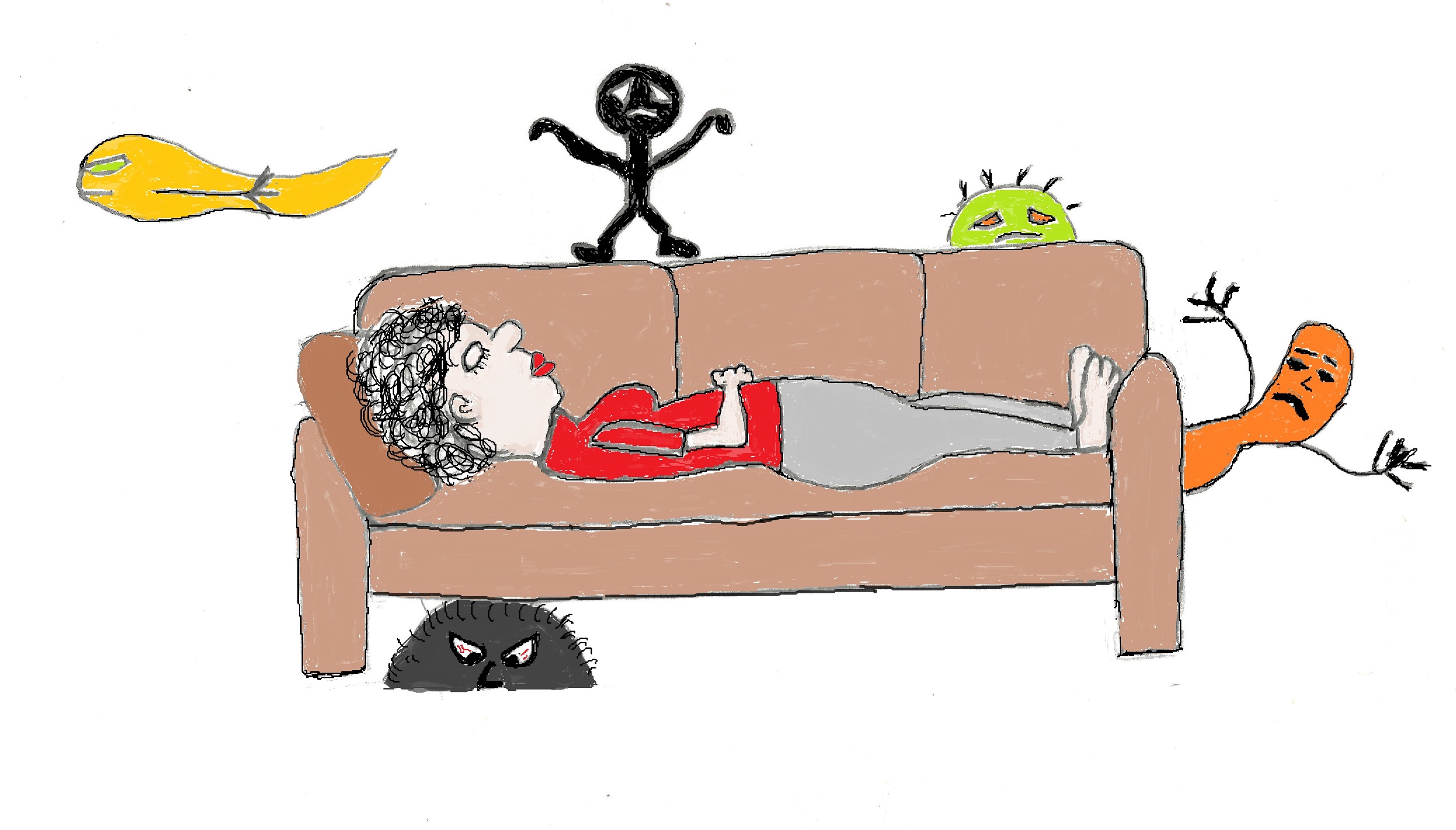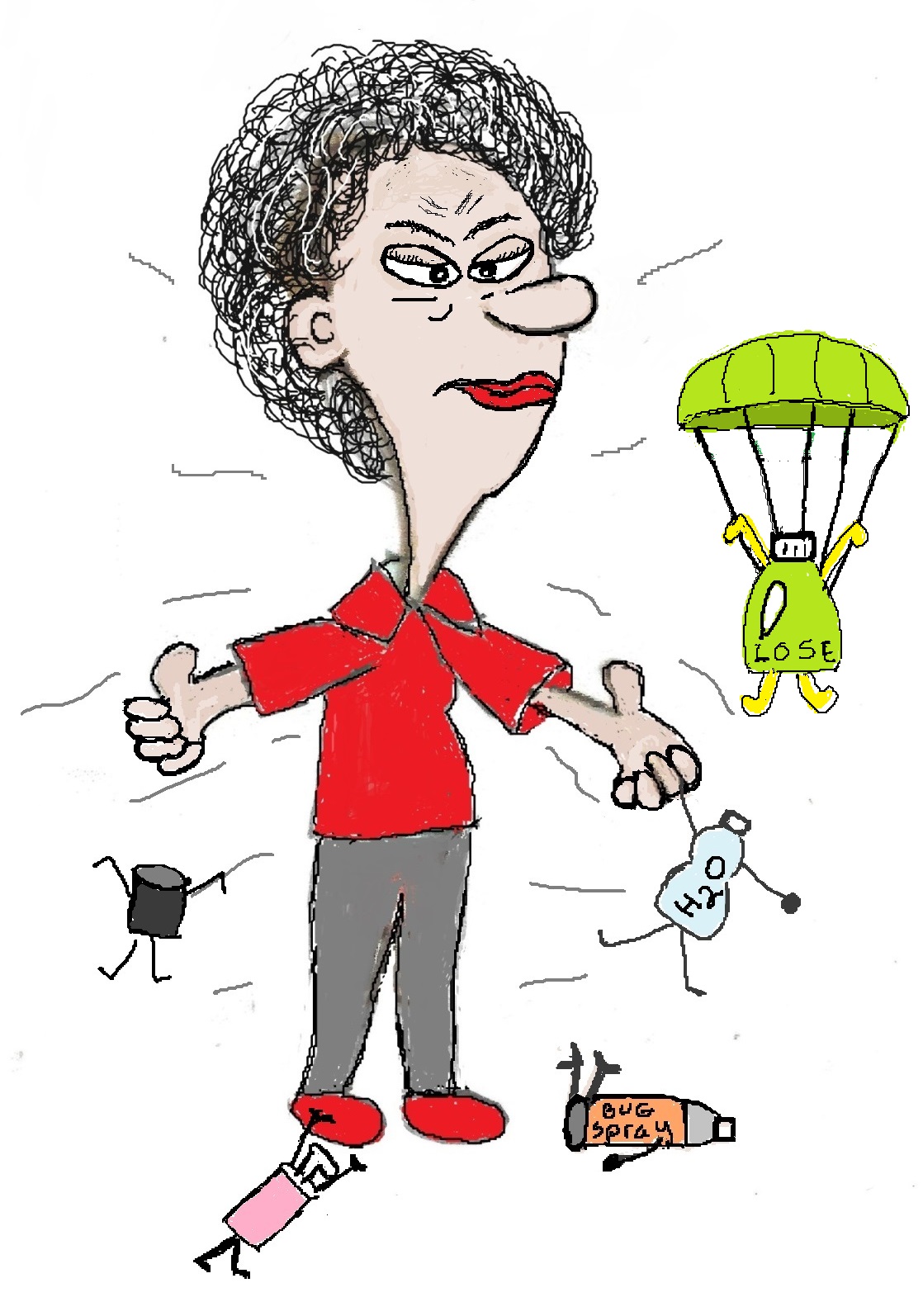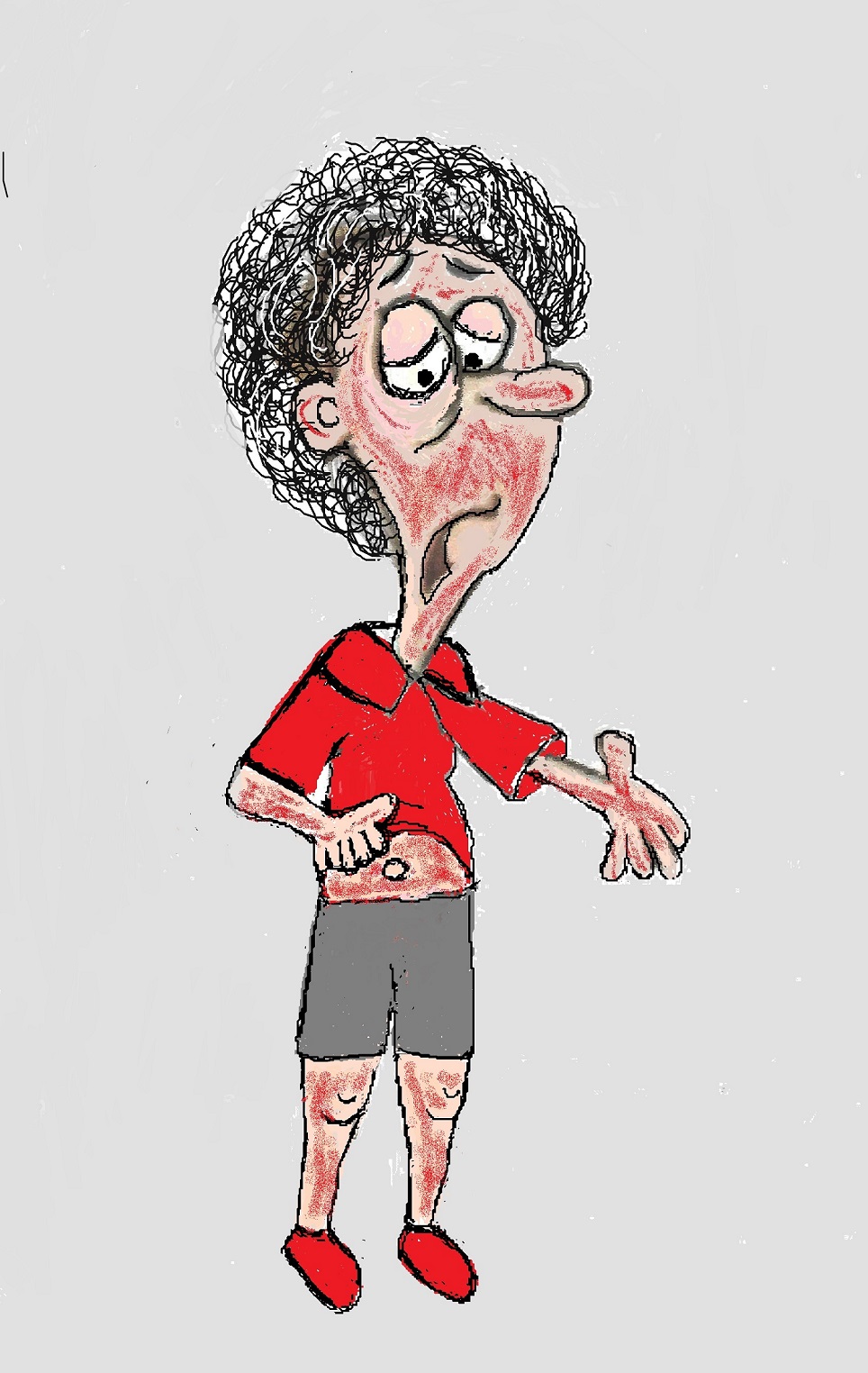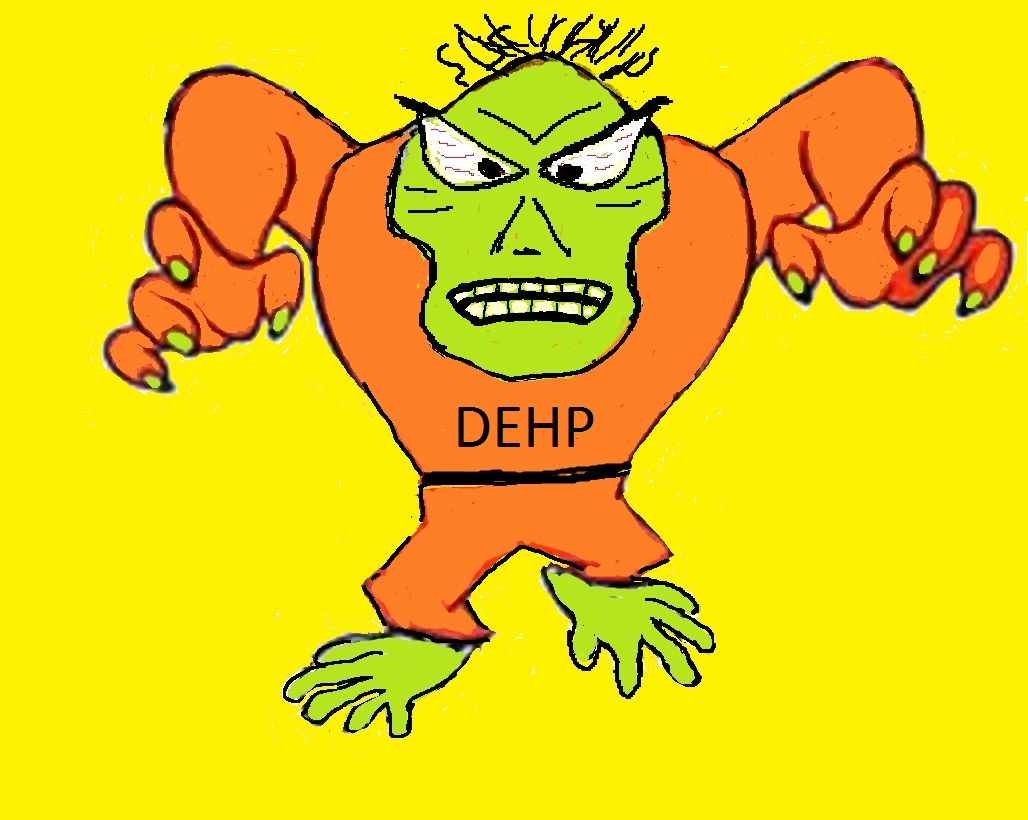- Home
- Non Toxic Home
- Non Toxic Wall Paint
Non Toxic Wall and Wood Paint
Non toxic wall and wood paint, typically called low and zero VOC paint, have become a more readily available and good options to toxic high VOC paints.
When I first started using non toxic paints many, many years ago, they were pretty bad. Coverage and durability were terrible so you had to apply multiple coats. Plus, there were very few options available.
Luckily, paints with low and zero VOC’s are now more common than high VOC paints and work just as well. Plus there are some really great natural paint options now available.
Low
And Zero VOC Paint
According to the EPA, the level of VOCs in a “Low VOC” paint must be less than 200 grams per liter. But, low VOC paints may still contain solvents that release cancer-causing VOCs.
And the VOCs released in low VOC paint often include endocrine disrupting phthalates. For example, low-VOC waterproofing paint often contains butyl benzyl phthalate, an endocrine disruptor and possible carcinogen.
Any paint with VOC's in the range of 5 grams/liter or less can be called "Zero VOC". Zero VOC paints are one of the best options if you want to avoid paint fumes when your painting your walls. Just remember, they still may contain toxic ingredients.
Both Colorhouse and Safecoat offer a line of less toxic paints and primers.
Zero VOC paints are great options for avoiding toxic paint fumes when you're painting your walls. Just remember, they still may contain toxic ingredients that aren't VOCs, that haven't been tested for safety or are a secret. And mixing in pigments can up the VOC level.
It’s also important to mention that spraying any type of paint is a bad idea. Latex paints contain things like crystalline silica, titanium dioxide, and talc.
These are considered safe in liquid form, so if you paint with a brush or roller there’s less danger of inhaling the small particles of these minerals. However, if you use a sprayer, the mist from the nozzle exposes you to these carcinogens.
Tips For Non Toxic Painting
- Always use zero VOC or natural paint
- Paint your walls with lighter coolers
- Never apply paint with a sprayer
- Avoid skin contact with paint
- Read the MDSS for the paint you want to use to find out the toxic chemicals in it.
- Ventilate the Area You're Painting, Even With Less Toxic Paints.
- Always Choose the Least Toxic Options When Painting Any Surface
- Always Wear a Dust Mask When Sanding Any Painted Surface.
Natural
Paint Options
The least toxic type of paints are made from natural raw ingredients such as water, plant oils and resins, plant dyes and essential oils; natural minerals such as clay, chalk and talcum; milk casein, natural latex, bees' wax, earth and mineral dyes.
There are several companies that make natural paints. I’ve not tried any of them so I don’t know what type of results you’ll get, but here are two companies that have been around for years.
Green Planet Paints offer natural paints for interiors based on plants and minerals. Ingredients - Water Soy Resin Marble Dust Clay Encapsulated Titanium Dioxide Diatomaceous Earth Alumino-silicates Soy Lecithin Soy-based
The Real Milk Paint Company - non-toxic paint made with milk protein, lime, clay and earth pigments.
Less Toxic Options For Specialty Paints
I couldn't find a less toxic option for high heat paint or for any type of spray paint. But, you can still create a chalkboard surface in your home, restore metal furniture and paint your cabinets with less toxic options.
Here is a list of healthier options for most specialty paints that come in a can.
|
Rust Inhibitor for Metal |
AFM
SafeCoat, MetalCoat Metal Primer |
|
Lacquer |
SafeCoat Acrylacq |
|
Masonry Paint |
AFM Safecoat Concrete Floor Paint |
|
Chalkboard Paint |
Colorhouse Chalkboard Paint |
|
Multisurface Refinishing Paint |
Beyond Paint Multisurface Paint |
|
For More Options |
Check
out the website www.greenwisepaint.com for green certified options. |
To learn more about the non toxic options for your home check out Non Toxic Home for tons of great options.
